My Rich Culture
HBCU Crew (BLACK)
HBCU Crew (BLACK)
Couldn't load pickup availability
Pay homage with this classic Historically Black Colleges and Universities (HBCU) design on our 100% cotton face crewneck. It features a timeless design that celebrates the strength, determination, and resilience of Black excellence. It's perfect for showing your pride wherever your day takes you.
Material Specs:
- 7.5 oz
- 80% cotton / 20% polyester
- 100% cotton face
- Classic fit
- Unisex
- True to size
Did you know:
Historically Black Colleges and Universities (HBCUs) were established in the United States in the early 19th century because black students were not welcomed at white public and private institutions of higher education. Not only did HBCUs provide access to education which was denied during slavery, but the institutions also provided a safe space to learn, discover and build community.
The first colleges for African Americans were established largely through the efforts of black churches with the support of the American Missionary Association and the Freedmen’s Bureau. The second Morrill Act of 1890 required states—especially former confederate states—to provide land-grants for institutions for black students if admission was not allowed elsewhere. As a result, many Historically Black Colleges and Universities (HBCUs) were founded.
Richard Humphreys established the African Institute (now Cheyney University) in 1837 in Pennsylvania, making it the oldest HBCU in the United States. Its mission was to teach free African Americans skills for gainful employment. Students were taught reading, writing and basic math alongside religion and industrial arts.
The majority of HBCUs originated from 1865-1900, with the greatest number of HBCUs starting in 1867, two years after the Emancipation Proclamation: Alabama State University, Barber-Scotia College, Fayetteville State University, Howard University, Johnson C. Smith University, Morehouse College, Morgan State University, Saint Augustine’s University and Talladega College. Over a century later, HBCUs were still being established with J.F. Drake State Technical College (1961), University of the Virgin Islands (1962), Southern University at Shreveport (1967) and Morehouse School of Medicine (1975).
Even after segregation ended in 1964, predominantly Black Institutions (PBIs) opened with the intention of using education to further uplift Black people economically and socially. PBIs are now considered HBCUs, as the terms are interchangeable. Currently, 107 HBCUs are located throughout the United States.
To read the timeline of HBCU history visit https://hbcufirst.com/resources/hbcu-history-timeline
Share




